Mazuri Platinum Bits Koi Fish Food, 20 lb. Bag
Mazuri® Koi Platinum Bits are a highly palatable floating koi fish food designed to help keep your koi and goldfish healthy and beautiful. Suitable for koi and goldfish smaller than six inches, these koi fish food pellets not only provide optimum nutrition for your fish. Floating Mazuri® koi food encourages fish to come to the surface so they can be observed feeding.
Mazuri® Koi Platinum Bits are a highly palatable floating koi fish food designed to help keep your koi and goldfish healthy and beautiful. Suitable for koi and goldfish smaller than six inches, these koi fish food pellets not only provide optimum nutrition for your fish. Floating Mazuri® koi food encourages fish to come to the surface so they can be observed feeding.
- Complete nutrition fortified with minerals and no supplement needed
- Floating pellets support natural foraging behavior and help monitor food intake to prevent over-feeding
- High level of vitamin C to help support immune system
- Contains spirulina algae and carotenoids to provide source of pigmentation
- High protein to help support tissue and muscle development
- Contains wheat germ to help with digestibility
- Sustainable fishmeal source used
- Mazuri® Koi Platinum Bits are suitable for fish up to six inches .
- Encourages fish to come to the surface of pond, tank or aquarium
Additional information
| Feed Packaged Weight | 20 lb. |
|---|---|
| Fish Type | Koi Fish |
| Packaged Height | 24.25 in. |
| Packaged Length | 24.25 in. |
| Packaged Width | 19 in. |
| Package Size | 20 lb. |
| Manufacturer Part Number | 1492 |

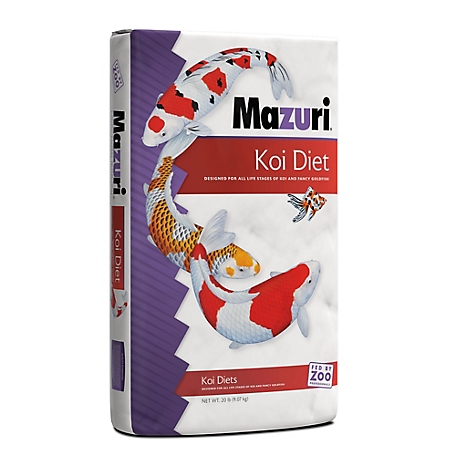
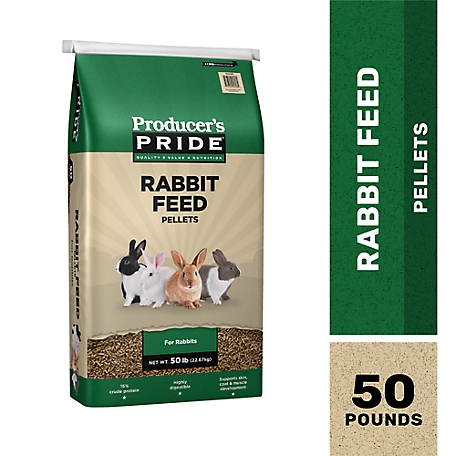

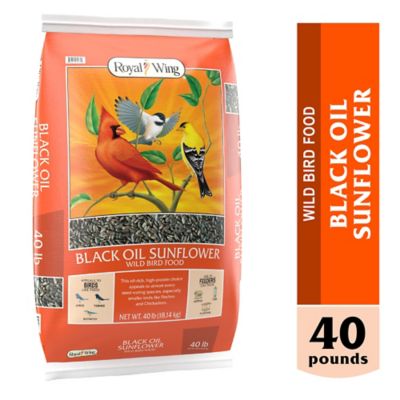
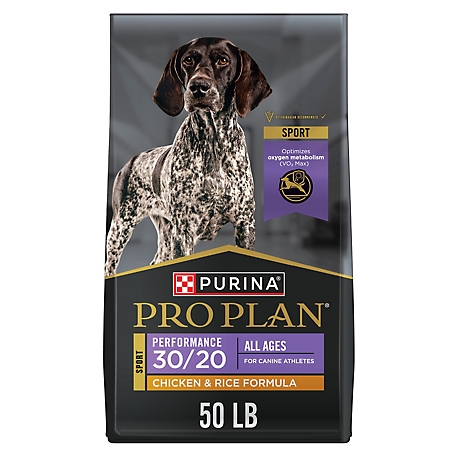
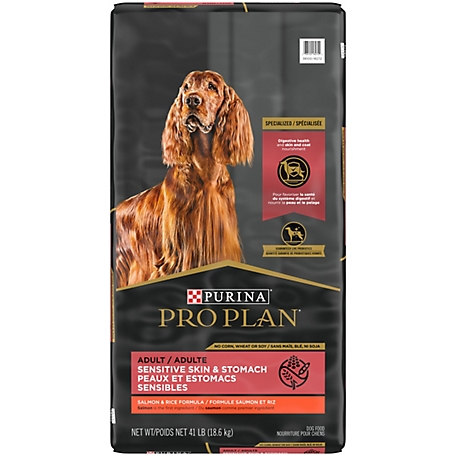
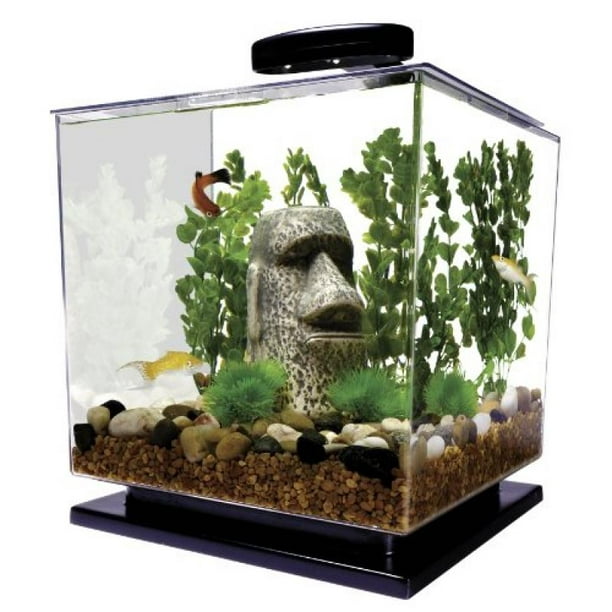
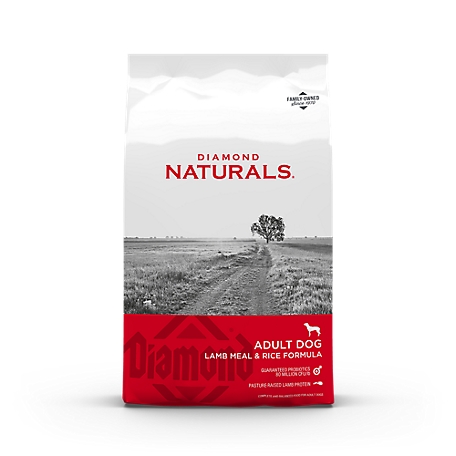
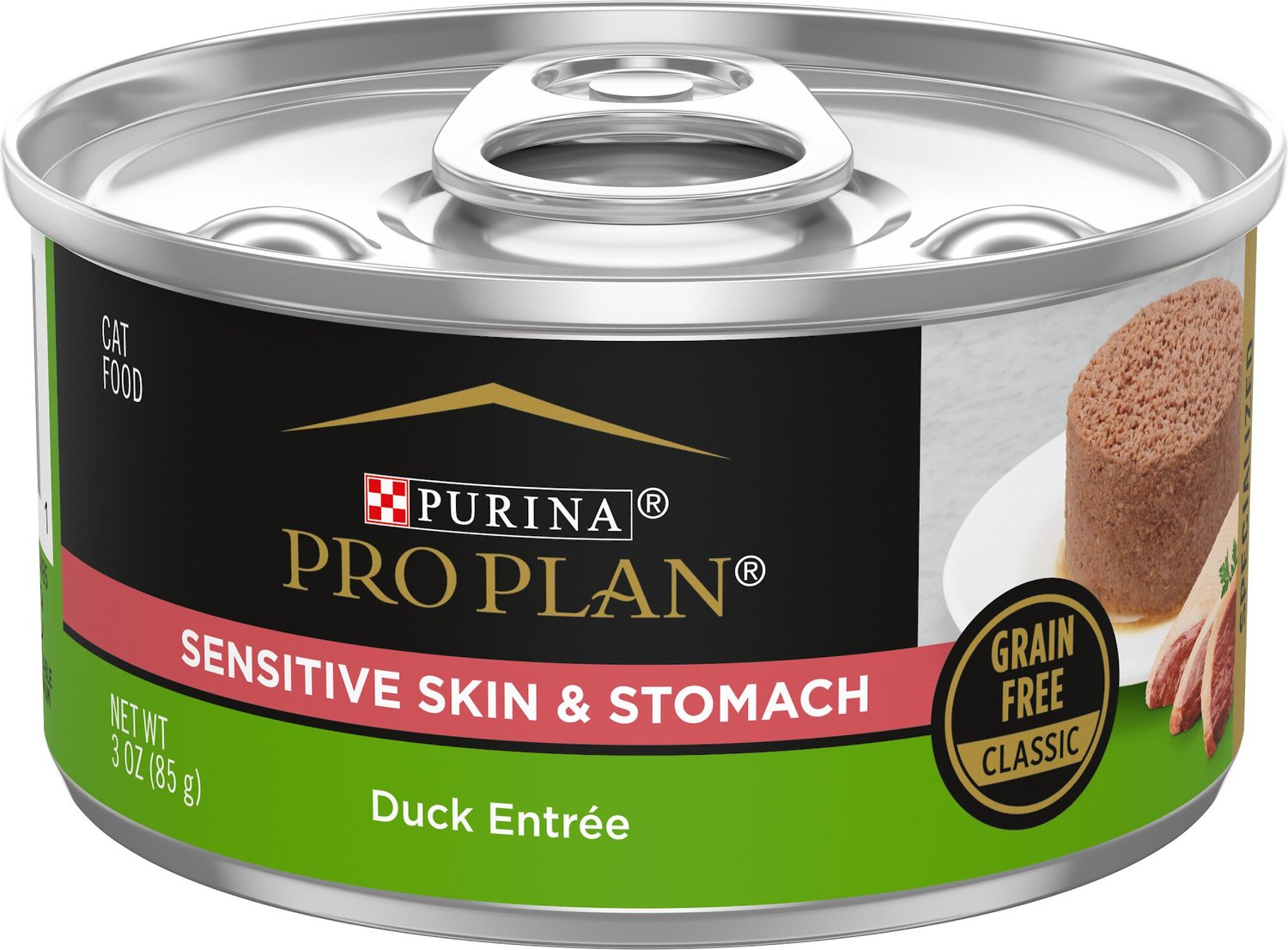
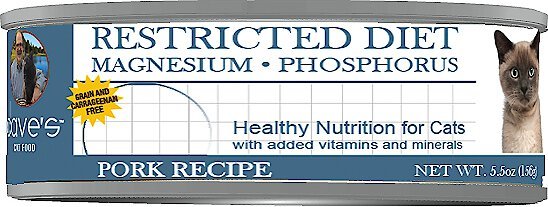
by fre
wish you kept it in the store so I can skip ordering it .
by Sherry
We have purchased this Koi food in the past and our Koi love it.
by Barry
Our 50 goldfish love this and they look great. I recommend this product. Tractor Supply has great selection of animal feeds. I enjoy shopping there.
by Reno
Fish love this food. Know everyone says that, but it’s true. Warm water food. Small, so even the new born fish eat it.